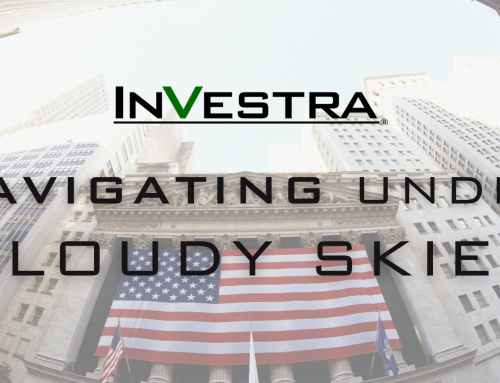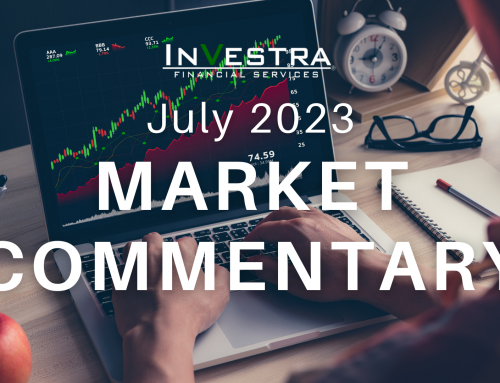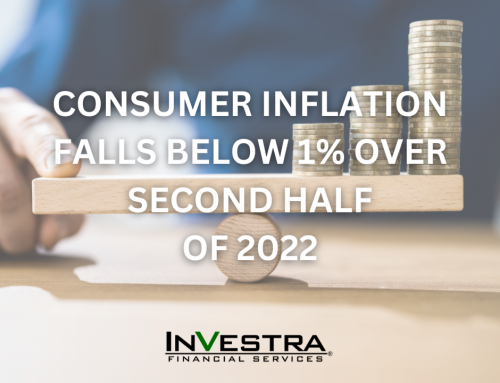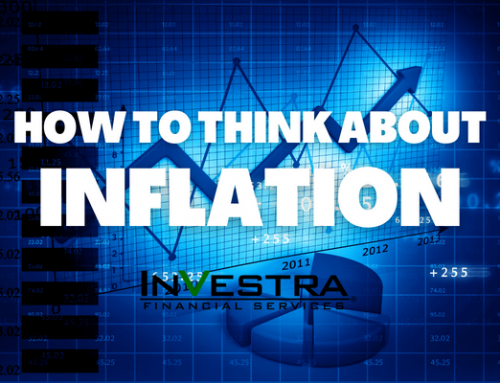Leading indicators are slowing, but still growing.
The Conference Board’s Leading Economic Index (LEI) rose 2.7% year over year in April. However, we’re monitoring the LEI more closely these days as the economic cycle matures and signs of moderating growth emerge. As shown in the LPL Chart of the Day, April’s reading was the LEI’s slowest pace of year-over-year growth since February 2017.
Still, the LEI is squarely in positive territory, which bodes well for the durability of this expansion. Since 1970, the LEI has turned negative year over year an average of 14 months before every recession. The LEI, which we include as one of the “Five Forecasters” of our Recession Watch Dashboard, has yet to turn negative this cycle.
“Some investors have pointed out slowing LEI growth as a reason for caution,” said LPL Research Chief Investment Strategist John Lynch. “However, the LEI still points to economic gains, as the majority of LEI components are growing.”
The LEI is calculated from 10 individual leading data sets, including weekly jobless claims, manufacturers’ new orders, building permits, and stock prices. In the past two LEI readings, only 2 of 10 components were net drags on the index: the Institute for Supply Management’s New Orders Index and new orders of nondefense capital goods. In contrast, at the end of each of the past four economic cycles, more than half of the LEI components were in decline.
Trade uncertainty has weighed on business and consumer demand over the past several months, so weakness in manufacturing-related indicators isn’t surprising. We’d like to see improvement in that sector, but we don’t expect much progress until U.S.-China trade tensions die down.








